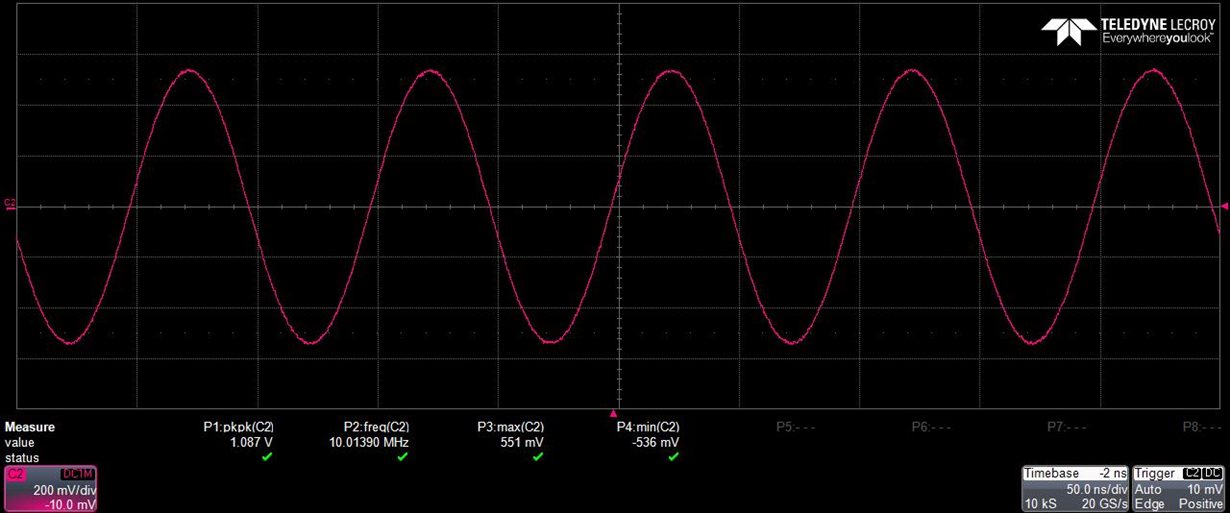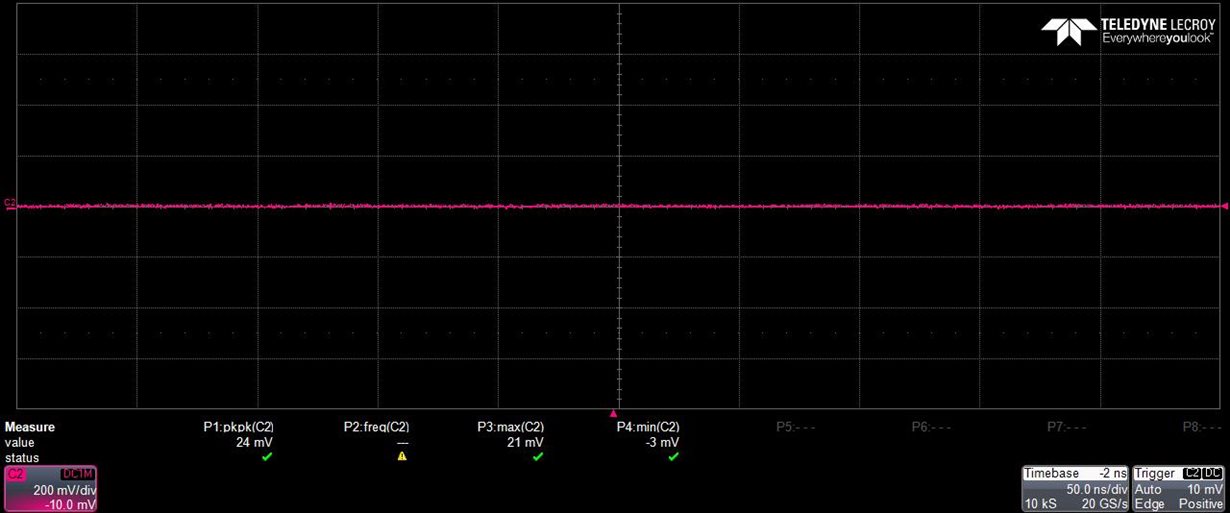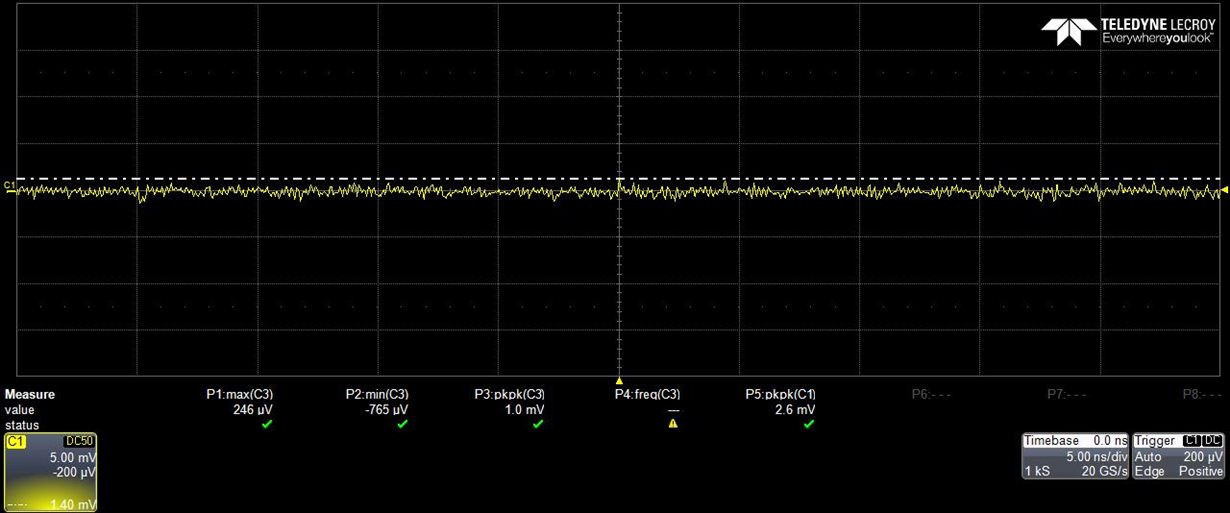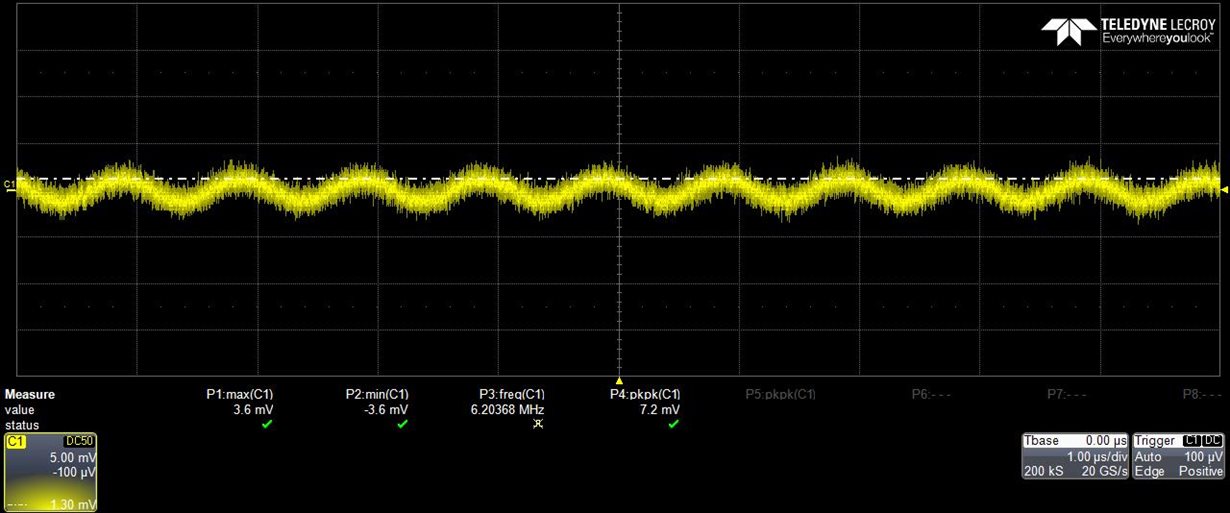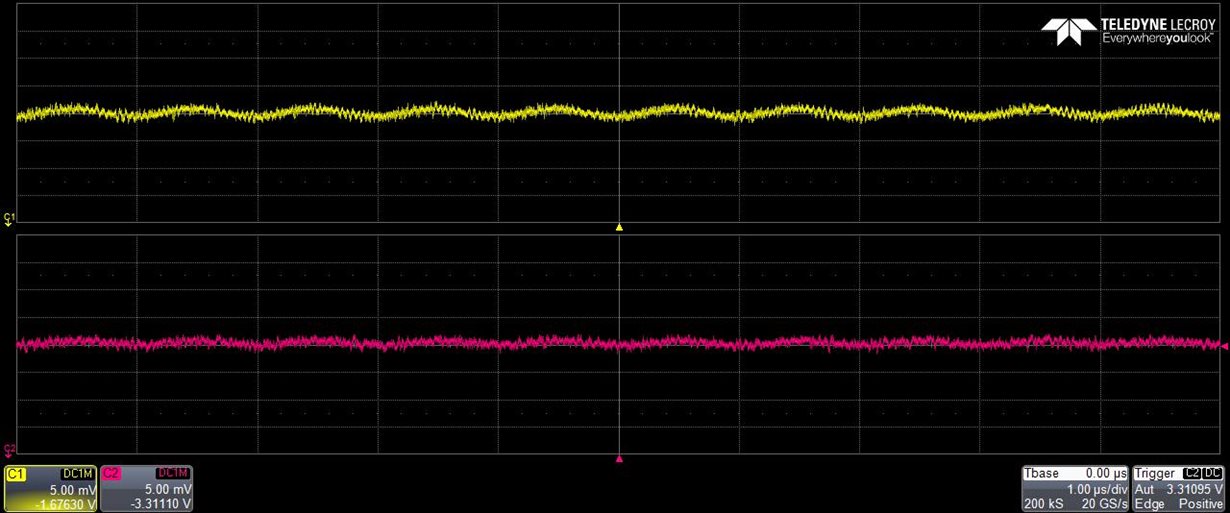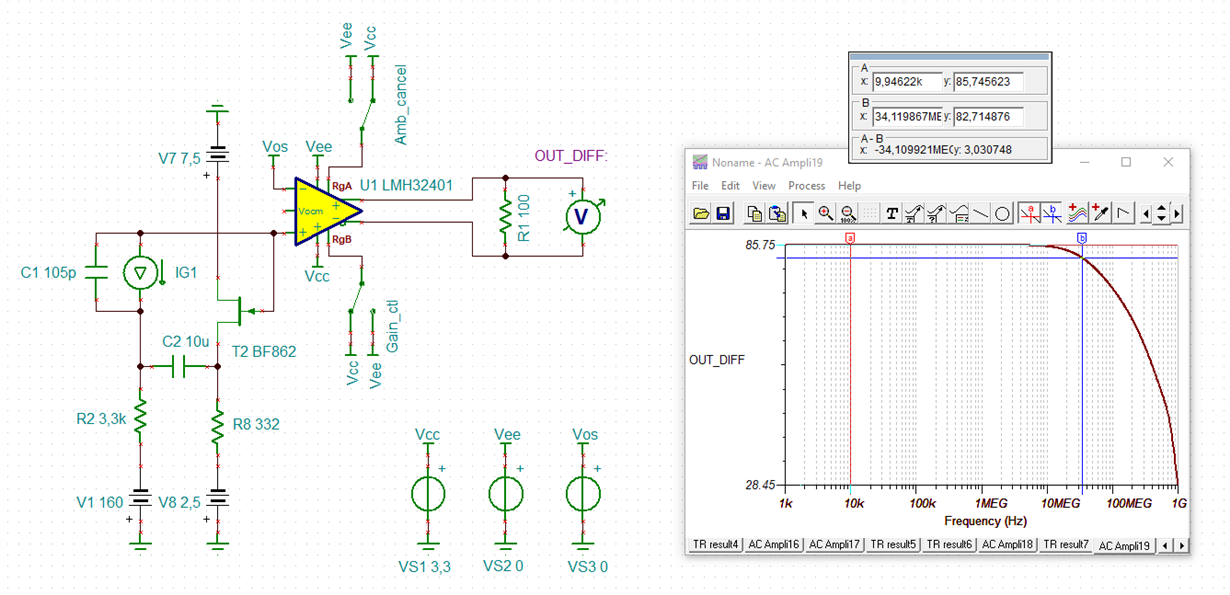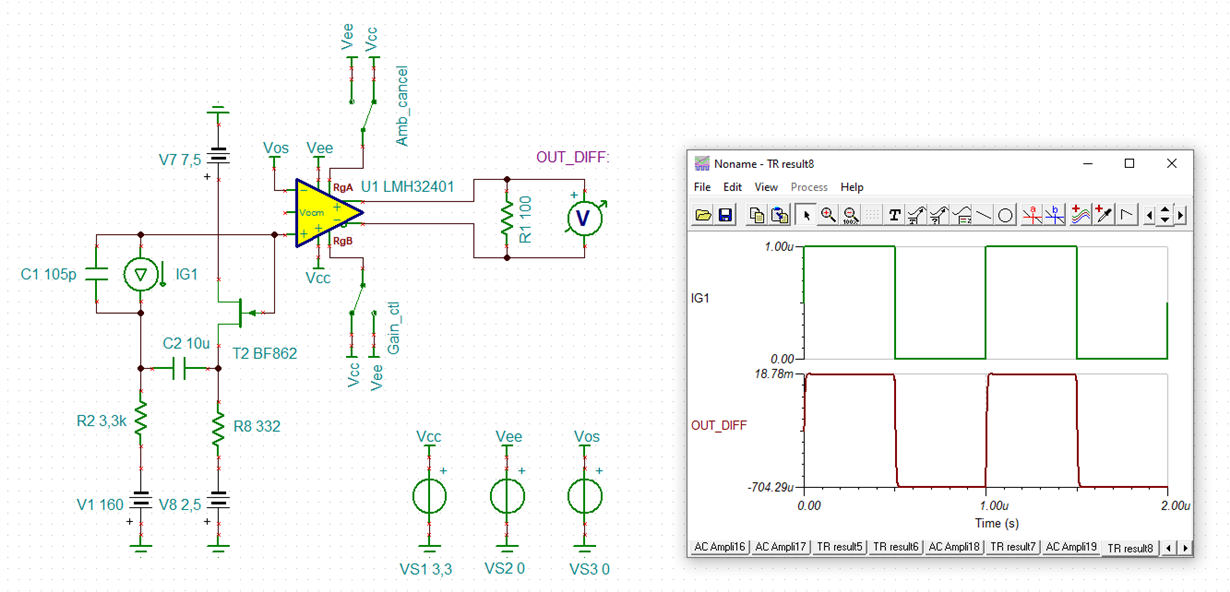Other Parts Discussed in Thread: LMH32401, , OPA857, OPA857EVM-978, OPA858, OPA856, OPA855
Dear TI team,
Why have you people suddenly locked the thread titled : "LMH32401RGTEVM: Ringing in output of LMH32401 " ?
the last time TI person by name Sima said he/she would post the results of their tests and we were waiting on it.
What happened to the results ?
Regards,
Krishna



